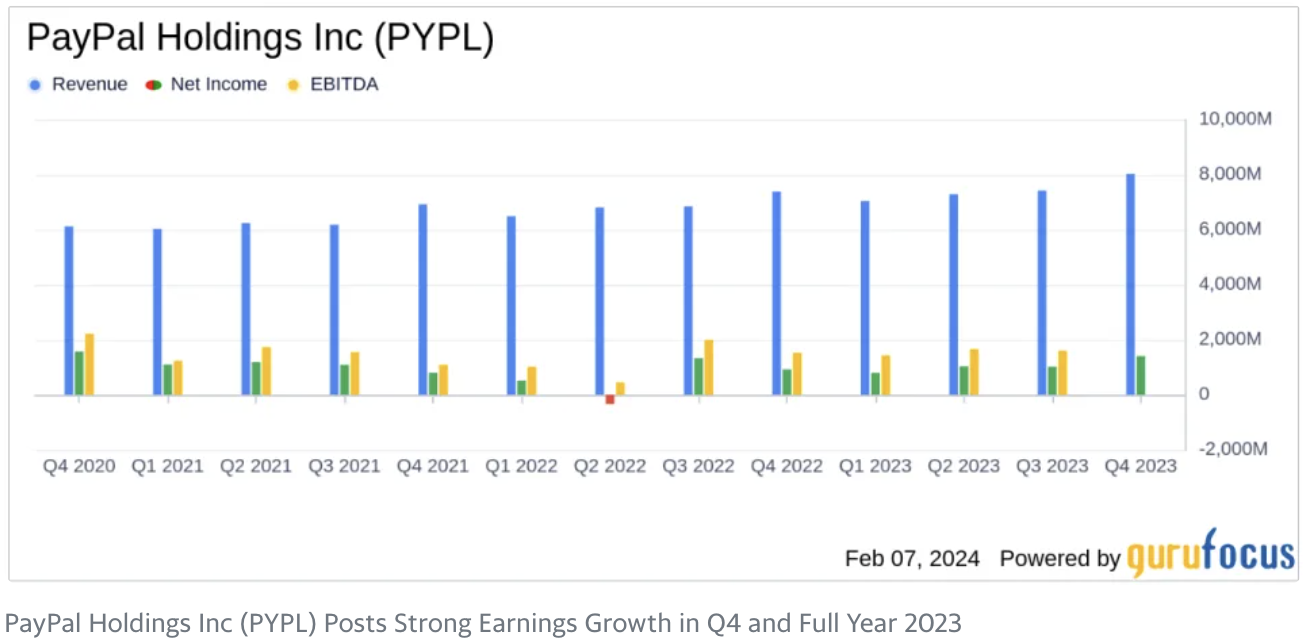- how digital adoption is affecting physical branches
- strategies for combating digital fraud
- factors contributing to Erica’s popularity as a digital banking assistant
An increasing majority of Americans are choosing digital banking options with 71% preferring to manage their bank accounts through a mobile app or a computer.
This trend was also pronounced among major banks such as Bank of America, JPMorgan, and Wells Fargo highlighting the growing preference for digital banking solutions, as evidenced by their financial results of the final quarter of 2023.
Bank of America currently has 57 million verified digital users, with over 35 million opting for digital alerts. The most common alerts last year included updates on account balances, available deposits, and virtual debit card usage. Throughout 2023, clients logged into their accounts a total of 12.8 billion times, with 3.3 billion logins in Q4 alone, marking a 10% YoY increase. They also interacted 673 million times with virtual financial assistant, Erica, reflecting a 28% YoY surge.
I had a conversation with Jorge Camargo, Managing Director, Mobile App, Online Banking and Erica AI at Bank of America, about:
Looking deeper into BofA’s route to digital banking.
by SARA KHAIRI
An increasing majority of Americans are choosing digital banking options with 71% preferring to manage their bank accounts through a mobile app or a computer.
This trend was also pronounced among major banks such as Bank of America, JPMorgan, and Wells Fargo highlighting the growing preference for digital banking solutions, as evidenced by their financial results of the final quarter of 2023.
Bank of America currently has 57 million verified digital users, with over 35 million opting for digital alerts. The most common alerts last year included updates on account balances, available deposits, and virtual debit card usage. Throughout 2023, clients logged into their accounts a total of 12.8 billion times, with 3.3 billion logins in Q4 alone, marking a 10% YoY increase. They also interacted 673 million times with virtual financial assistant, Erica, reflecting a 28% YoY surge.
I had a conversation with Jorge Camargo, Managing Director, Mobile App, Online Banking and Erica AI at Bank of America, about:
- how digital adoption is affecting physical branches
- strategies for combating digital fraud
- factors contributing to Erica’s popularity as a digital banking assistant
How will digital adoption affect bank branches and customer relationships, particularly for older generations who prefer in-person interactions?





